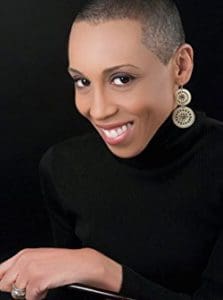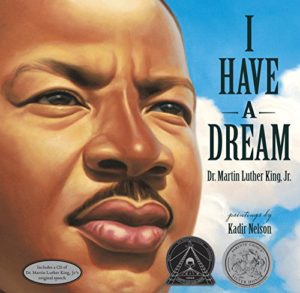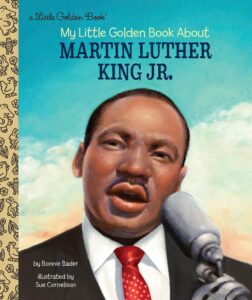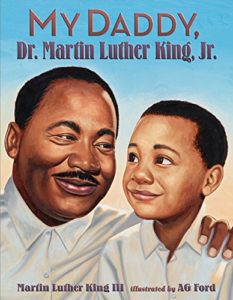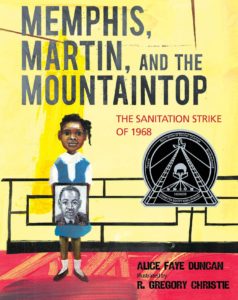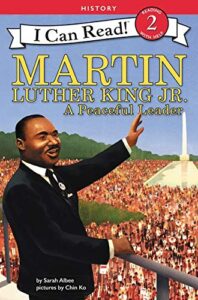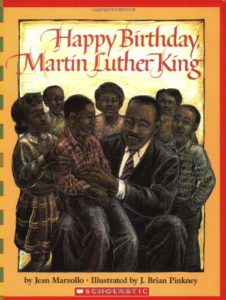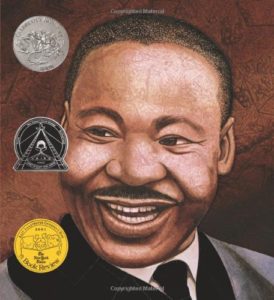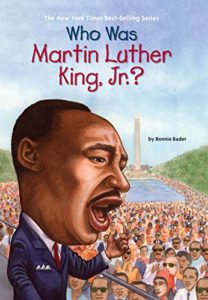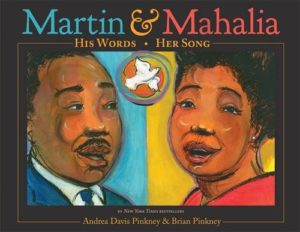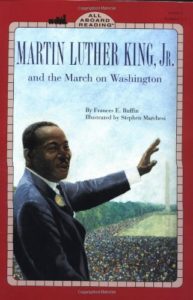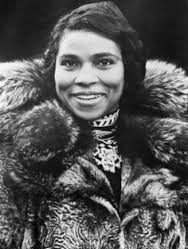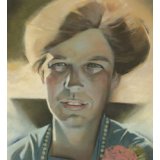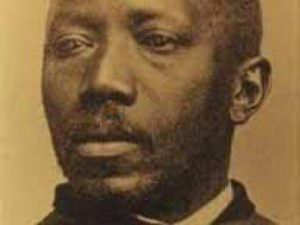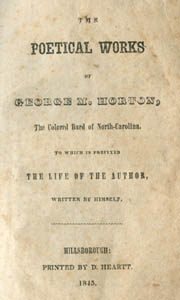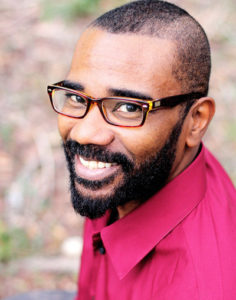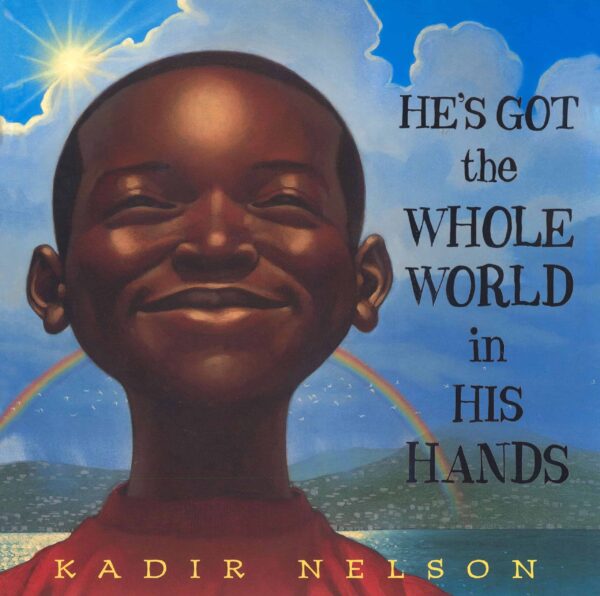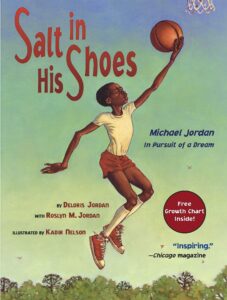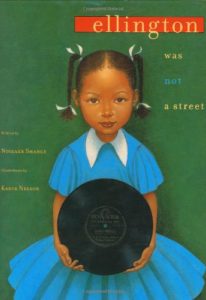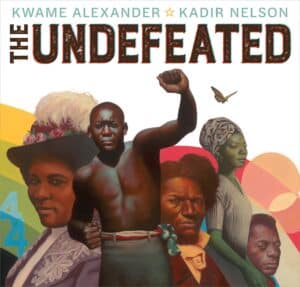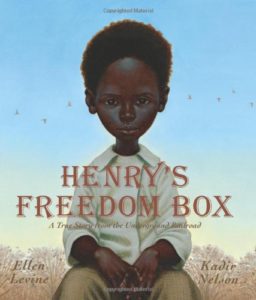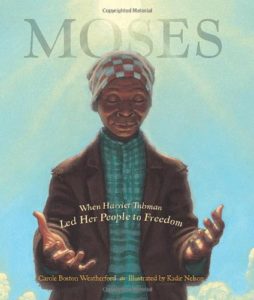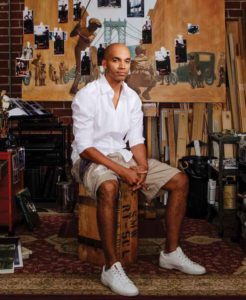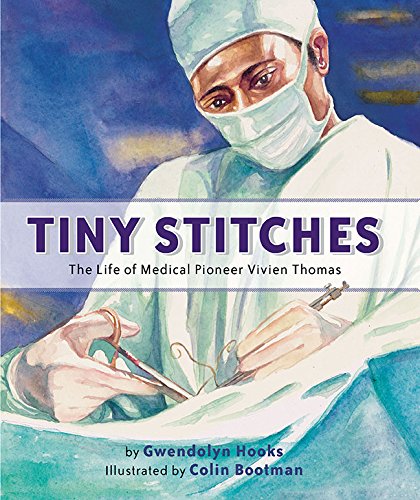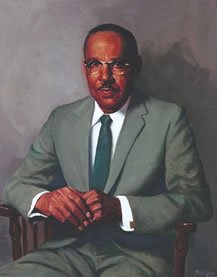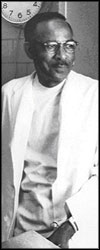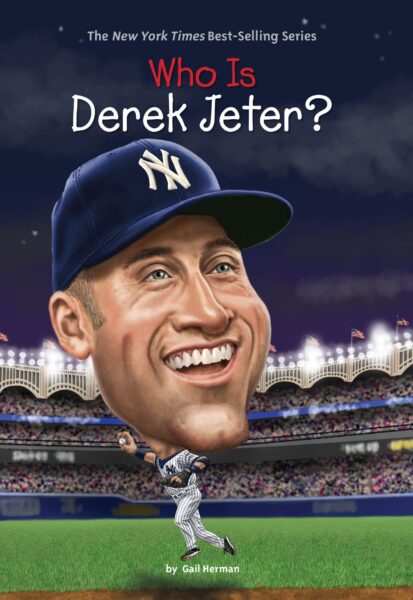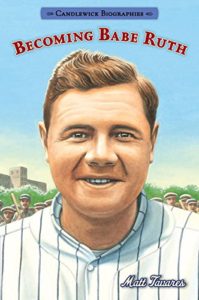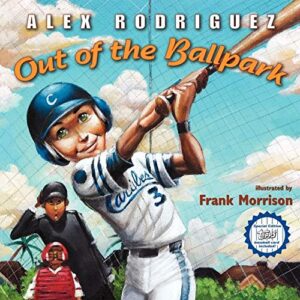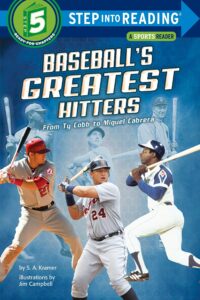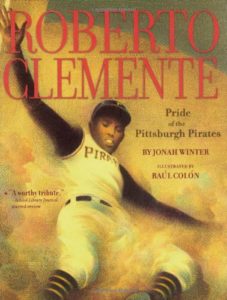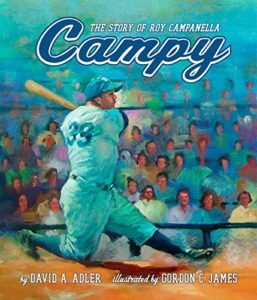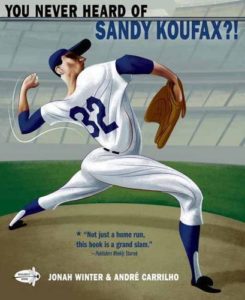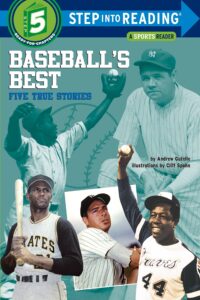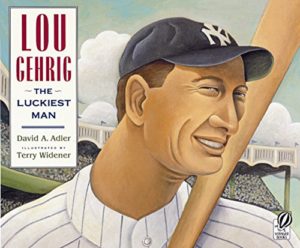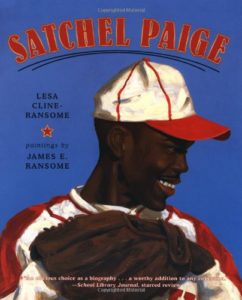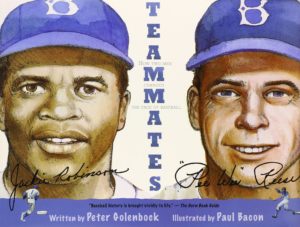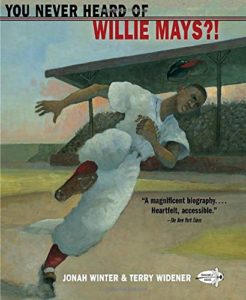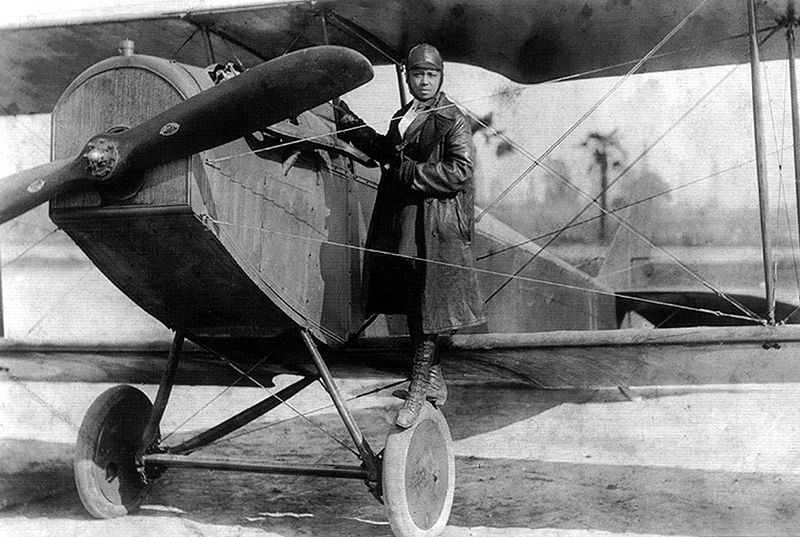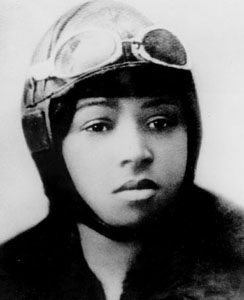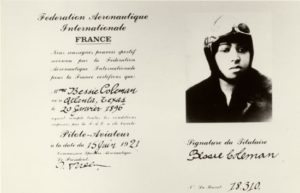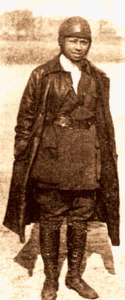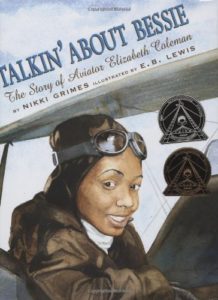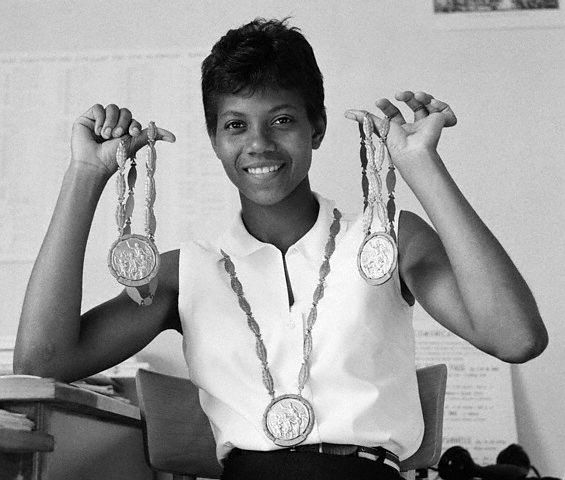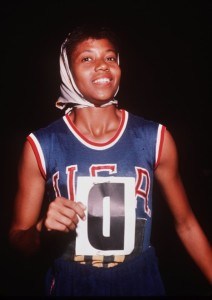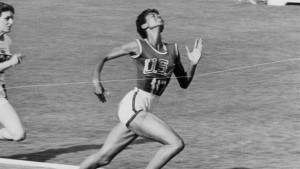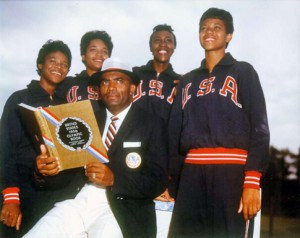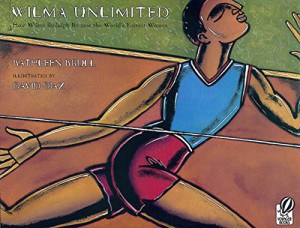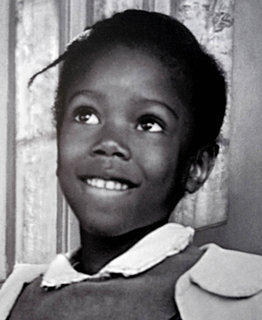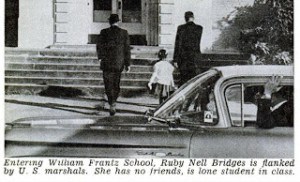Eight books by award winning children’s author
Andrea Davis Pinkney!
Sojourner Truth’s Step-Stomp Stride
Andrea Davis Pinkney and Illustrator Brian Pinkney
Born into slavery, Belle had to endure the cruelty of several masters before she escaped to freedom. But she knew she wouldn’t really be free unless she was helping to end injustice. That’s when she changed her name to Sojourner and began traveling across the country, demanding equal rights for black people and for women. Many people weren’t ready for her message, but Sojourner was brave and her truth was powerful. And slowly, but surely as Sojourner’s step-stomp stride, America began to change.
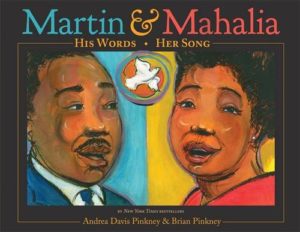
Martin and Mahalia His Words, Her Song
Andrea Davis Pinkney and Illustrator Brian Pinkney
On August 28, 1963, Martin Luther King, Jr. gave his famous “I Have a Dream” speech from the steps of the Lincoln Memorial, and his strong voice and powerful message were joined and lifted in song by world-renowned gospel singer Mahalia Jackson. It was a moment that changed the course of history and is imprinted in minds forever.
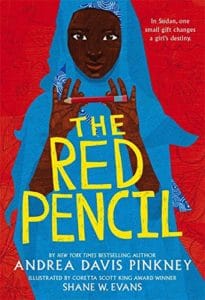
The Red Pencil
Andrea Davis Pinkney and Illustrator Shane W. Evans
Life in Amira’s peaceful Sudanese village is shattered when Janjaweed attackers arrive, unleashing unspeakable horrors. After losing nearly everything, Amira needs to find the strength to make the long journey on foot to safety at a refugee camp. She begins to lose hope, until the gift of a simple red pencil opens her mind — and all kinds of possibilities.
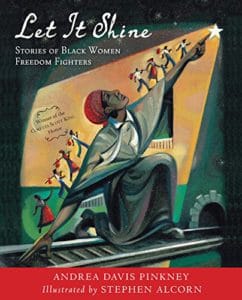
Let It Shine: Stories of Black Women Freedom Fighters
Andrea Davis Pinkney and Illustrator Stephen Alcorn
Rosa Parks refused to give up her seat on a bus and sparked a boycott that changed America. Harriet Tubman helped more than three hundred slaves escape the South on the Underground Railroad. Shirley Chisholm became the first black woman elected to the U.S. House of Representatives.
The lives these women led are part of an incredible story about courage in the face of oppression; about the challenges and triumphs of the battle for civil rights; and about speaking out for what you believe in — even when it feels like no one is listening.
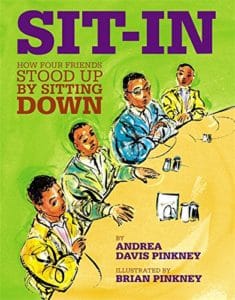
Sit-In: How Four Friends Stood Up by Sitting Down
Andrea Davis Pinkney and Illustrator Brian Pinkney
This picture book celebrates the momentous Woolworth’s lunch counter sit-in, when four college students staged a peaceful protest that became a defining moment in the struggle for racial equality and the growing civil rights movement.
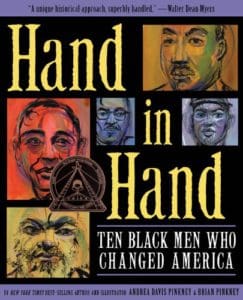
Hand in Hand: Ten Black Men Who Changed America
Andrea Davis Pinkney and Illustrator Brian Pinkney
Hand in Hand presents the stories of ten men from different eras in American history, organized chronologically to provide a scope from slavery to modern day. Profiles of: Benjamin Banneker, Frederick Douglas, Booker T. Washington, W.E.B DuBois, A. Phillip Randolph, Thurgood Marshall, Jackie Robinson, Malcolm X, Martin Luther King, Jr. and Barack H. Obama II.
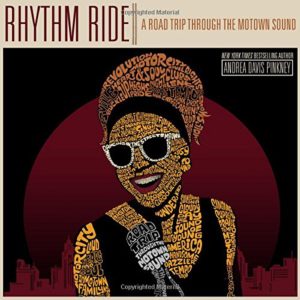
Rhythm Ride: A Road Trip Through the Motown Sound
Andrea Davis Pinkney
Berry Gordy began Motown in 1959 with an $800 loan from his family. He converted the garage of a residential house into a studio and recruited teenagers from the neighborhood, including: Smokey Robinson, Mary Wells, Marvin Gaye, Stevie Wonder, and Diana Ross, to sing for his new label. The country was on the brink of a cultural revolution, and one of the most powerful agents of change in the following decade would be this group of young black performers from urban Detroit.

A Poem for Peter: The Story of Ezra Jack Keats and the
Creation of The Snowy Day
Andrea Davis Pinkney
and Illustrators Steve Johnson and Lou Fancher
The story of The Snowy Day begins more than one hundred years ago, when Ezra Jack Keats was born in Brooklyn, New York. The family were struggling Polish immigrants. Despite Keats’ obvious talent, his father worried that Ezra’s dream of being an artist was an unrealistic one. But Ezra was determined. For more than two decades, Ezra had kept pinned to his wall a series of photographs of an adorable African American child. In Keats’ hands, the boy morphed into Peter, a boy in a red snowsuit, out enjoying the pristine snow. The book became The Snowy Day, the first mainstream book to feature an African American child.
